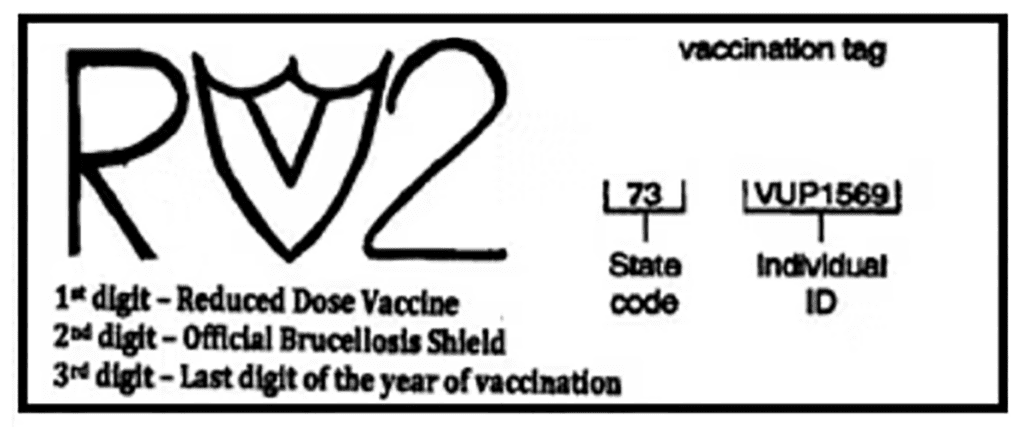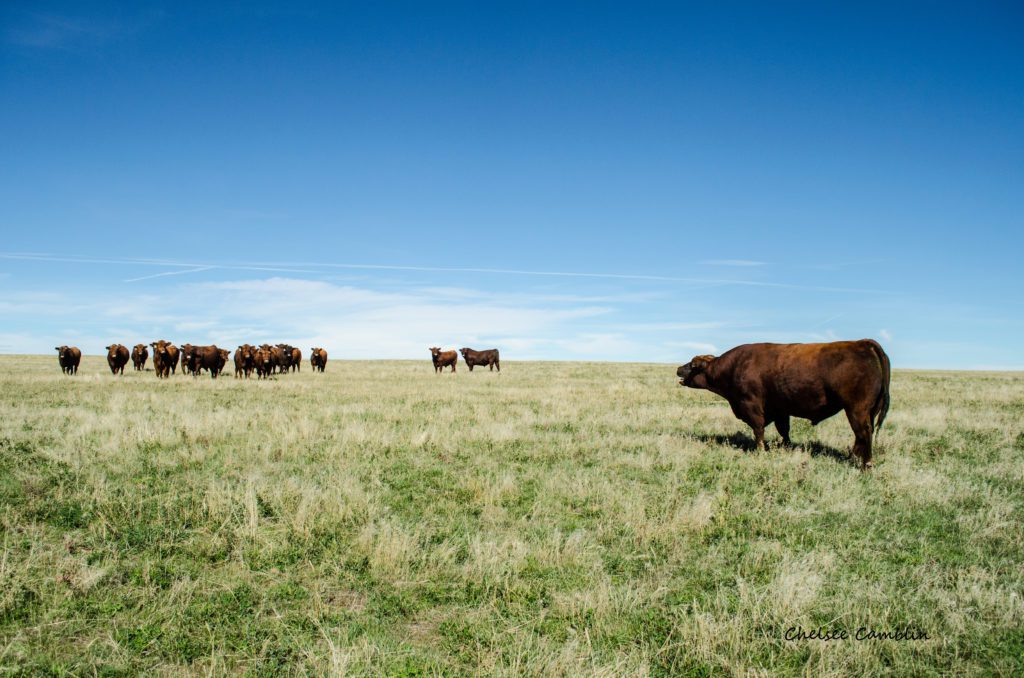As spring arrives, many cattlemen have selected their replacement heifers for breeding and should be considering pre-breeding and brucellosis vaccination to be completed in their replacement females as soon as possible to set them up for a successful breeding season. While there is variation in breeding time, the brucellosis vaccination, also known as “Bangs” vaccine, should only be administered to females between 4 and 12 months of age as protection from Brucella abortus, which can cause abortions, stillborn or weak calves, retained placenta or reduced milk production (Merck Manual). Beginning in the fall of 2024, veterinarians have experienced a shortage of the vaccine available, thus leading to delays in administration. Recently, the South Dakota Animal Industry Board implemented the USDA’s extension of the calfhood vaccination period from 12 to 14 months of age, allowing more time for vaccine to hit the market and cattlemen to schedule vaccination prior to breeding. The vaccine should be given a minimum of 3 days prior to breeding and not given to pregnant animals (APHIS, Disease Alert: Bovine Brucellosis).
Currently, all 50 states are recognized as brucellosis-free due to eradication and vigilant use of the vaccine for many years, although the disease occasionally spills over from wildlife exposures around Yellowstone National Park. The vaccine is a modified live virus that is administered by an accredited veterinarian or state or federal animal health official, along with a tattoo in the right ear distinguishing animals that have been vaccinated. The tattoo is comprised of three digits representing: the vaccine (first digit), official brucellosis shield (second digit) and a number (third digit) to identify the last digit of the year of vaccination. For example, heifers receiving the vaccine in 2022 would be a tattoo of “R-Shield-2” (Figure 1).
Local veterinarians also may have experienced a shortage in official orange USDA tags that are paired with this vaccination to identify calfhood vaccination. These 840 USDA EID tags replace the metal clips previously used and have a 15-digit series of numbers for submitting to the state office along with a premises ID, age, breed, and sex of the animals. The tag shortage is due to a shortage in federal funding provided to supply these tags for licensed veterinarians, setting up a slower process of ordering their own tags, which can take more time and expense.
The bangs vaccine and tag shortage, along with regular supply issues occurring from manufactures in other livestock pharmaceuticals, reintegrate the practice of having a well-established veterinarian-client patient relationship (VCPR) with your local veterinarian. If they know your herd and regular vaccine practices, they can notify you when shortages occur and make plans to schedule vaccination when these products are available again in the appropriate timeframe. This can also begin the conversation about pre-breeding vaccines for both heifers and cows, as well as a review of any herd health protocols for calving season and pasture turn out.
SOURCE: Taylor Grussing, SDSU Extension Cow/Calf Field Specialist. Additional Authors: Russ Daly








